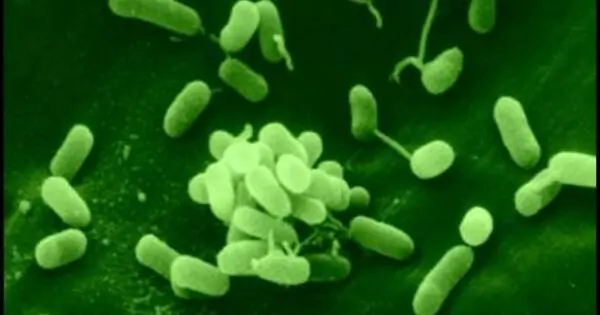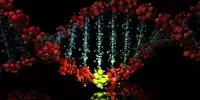Rhizobacteria are a type of bacteria that live in the rhizosphere, a region of soil impacted directly by plant roots. These are root-associated bacteria that can have a negative (parasitic), neutral, or positive impact on plant health. The name derives from the Greek word rhiza, which means root. These bacteria create symbiotic relationships with plants, delivering a variety of benefits to the host. Rhizobacteria are classified into two types: plant growth-promoting rhizobacteria (PGPR) and rhizobia.
The word is commonly used to describe bacteria that create symbiotic interactions with a wide range of plants. Rhizobacteria are commonly referred to as plant growth-promoting rhizobacteria (PGPRs). The term PGPRs was coined by Joseph W. Kloepper in the late 1970s and has since become widely used in scholarly literature.
Generally, about 2–5% of rhizosphere bacteria are PGPR. They are an important group of microorganisms used in biofertilizer. Biofertilization accounts for about 65% of the nitrogen supply to crops worldwide.
(1) Plant Growth-Promoting Rhizobacteria (PGPR): These bacteria enhance plant growth and development through various mechanisms. Some common benefits provided by PGPR include:
- Nutrient Solubilization: PGPR can solubilize essential nutrients like phosphorus and iron, making them more available to plants.
- Nitrogen Fixation: Some PGPR have the ability to fix atmospheric nitrogen into a form that plants can use, promoting nitrogen availability.
- Production of Plant Growth Regulators: PGPR can produce substances such as auxins and gibberellins, which promote plant growth.
- Biocontrol Agents: Some rhizobacteria inhibit the growth of pathogenic microorganisms in the rhizosphere, acting as biocontrol agents.
(2) Rhizobia: These are a type of nitrogen-fixing bacteria that create symbiotic partnerships with leguminous plants. Rhizobia and legumes interact to generate specialized structures known as nodules on plant roots. Rhizobia live inside these nodules and transform air nitrogen into a form that the host plant can consume. In exchange, the plant provides the rhizobia with carbohydrates and an ideal habitat for nitrogen fixation.
PGPRs interact differently with different species of host plants. The two main types of partnerships are rhizospheric and endophytic. Rhizospheric connections are made up of PGPRs that colonize the root surface or the host plant’s superficial intercellular spaces, frequently creating root nodules.
The interaction of plants and rhizobacteria is critical for sustainable agriculture since it boosts plant growth, reduces the need for synthetic fertilizers, and increases plant disease resistance. Researchers are exploring these relationships to find environmentally friendly and cost-effective solutions for enhancing crop production.
















